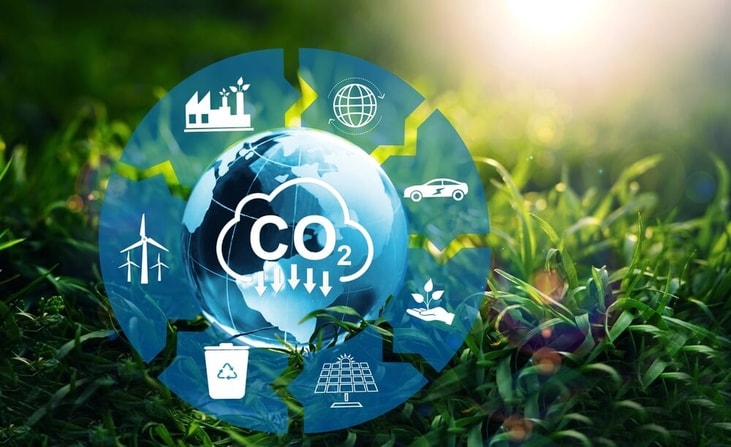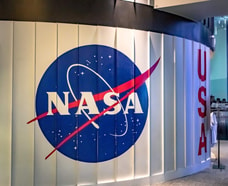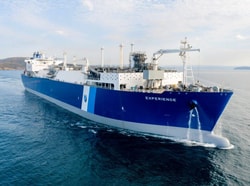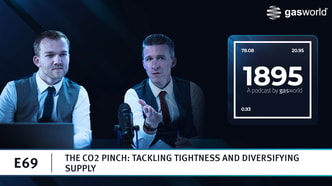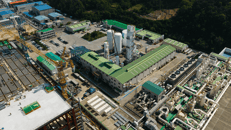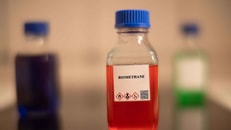From methanol to sugar and sunlight: capitalising on broad potential of CO2
Asian researchers have been busy exploring new potential uses for CO2 as the nexus between sustainability and utilisation moves ever closer.
A research team affiliated with the Ulsan National Institute of Science and Technology [UNIST] in Korea, and led by Professor Jungki Ryu, claims to have made a significant breakthrough in sustainable technology through the development of a method to convert CO₂ into methanol – a process that could play a vital role in reducing greenhouse gas emissions and producing environmentally friendly fuels. Their findings were published in Advanced Materials and highlighted in Phys.org.
The innovative copper catalyst developed by the research team selectively produces methanol and achieved a maximum selectivity of up to 70%, among the highest reported for copper-based catalysts, rivalling the performance of costly precious metal catalysts. Typical copper catalysts exhibit selectivities of only 10%-30%.
Methanol is a versatile chemical widely used as a fundamental raw material in the production of plastics. Its liquid state allows for easy storage and transportation, making it increasingly attractive as a hydrogen carrier and fuel cell energy source.
Converting CO₂ directly into methanol not only offers a pathway to reduce carbon emissions but also supports sustainable resource utilisation.
However, traditional conversion methods often produce mixtures containing undesired byproducts such as hydrogen and methane, necessitating complex purification processes.
Professor Ryu said methanol is a critical industrial raw material and energy source consumed worldwide in the millions of tonnes annually.
“This cost-effective catalyst, made from inexpensive copper, demonstrates high selectivity and current density, bringing us closer to industrial-scale ‘carbon resource conversion’ – directly transforming CO2 into valuable resources. We plan to expand this technology by scaling up electrode areas and integrating systems for commercial deployment.”
Meanwhile Chinese scientists at Tianjan Institute of Industrial Biotechnology and Dalian Institute of Chemical Physics have developed a method to turn methanol into white sugar, which they say could allow captured CO2 to be converted into food, according to research published in Science Bulletin.
The team’s biotransformation system produces sucrose without the need to grow sugar cane or sugar beets – crops that require large amounts of land and water resources. The process achieved an 86% conversion rate.
Their method to convert methanol – which can be derived from industrial waste or made by hydrogenating CO2 – into sucrose using enzymes was also adapted to make other complex carbohydrates, including fructose and starch.
Earlier this year, researchers from the University of Cambridge in the UK developed a reactor that pulls CO2 directly from the air and converts it into sustainable fuel, using sunlight as the power source.
The researchers believe their solar-powered reactor could be used to make fuel to power cars and planes, or the many chemicals and pharmaceuticals products we rely on, as well as generate fuel in remote or off-grid locations.
“If we made these devices at scale, they could solve two problems at once: removing CO2 from the atmosphere and creating a clean alternative to fossil fuels,” said Dr Sayan Kar from Cambridge’s Yusuf Hamied Department of Chemistry. “CO2 is seen as a harmful waste product, but it is also an opportunity.”
At the European CO2 Summit 2025 in April, a panel of direct air capture pioneers explored the future of the technology, the hurdles to overcome, and how modular design and operational data are opening up a pathway to commercial scale.
Bjorn Utgard, Vice-President of Strategy in EMEA at Skytree, the direct air capture solutions firm, reflects on CO2 utilisation versus sequestration on gasworld’s CCUS: Turning Carbon into Opportunity webinar.

